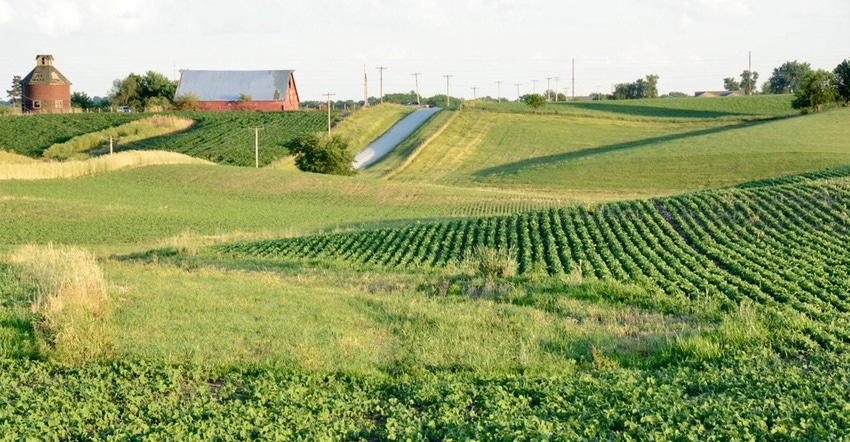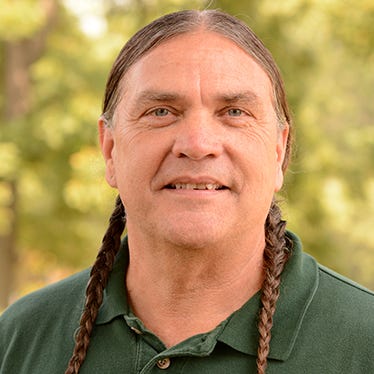September 7, 2017

I recently spoke with a land improvement contractor who was lamenting how field drainage tile is getting a bad rap from conservationists. He talked specifically about recent reports on the growing size of the Gulf of Mexico’s oxygen-depleted area, or the hypoxic zone. Most scientists link loss of nutrients from Mississippi River Basin farms to the growth of the zone. They identify field drainage tile as a major pathway for those nutrients.
The contractor said, “I’ve even heard they may start classifying tile outlets as a point source for pollutants, and then you’ll need a permit to put in tile. If that happens, I might as well shut down the tiling part of my business. And don’t get me started on the rule that requires farmers to get a wetland determination before tile is put in a field that has been farmed for years. That slows down business big time. What do you conservationists have against tile? It’s one of the best investments a farmer can make to improve their land.”
Not alone
I have to admit, I’ve heard the same comments before. His points are valid. It’s a fact, and research demonstrates tile can be a direct pathway for lost nutrients from crop fields. Nitrogen leaches through the soil profile, where it is intercepted by field drainage tile and then delivered directly to ditches and streams. Phosphorus has even been found to move through tile systems.
Some conservation practices — such as parallel tile outlet (PTO) terraces, water and sediment control basins, and grassed waterways — work great to control serious erosion problems. But the tile used within these practices — which is essential to their function — can also intercept overland water flow and bypass vegetative filters. This action can put nutrient-laden water directly on a path to the Gulf.
It’s also a fact that using tile or ditches to drain land designated as a wetland can put your eligibility for USDA benefits at risk.
But even with these potential negative impacts, I can assure you: NRCS really does not consider field drainage tile to be a four-letter word. Fact is, as mentioned earlier, NRCS has long recommended the use of tile in many of our most common conservation practices. And we will continue to do so. PTO terraces and tile-drained water and sediment control basins will always be effective practices for controlling erosion. Tile in grassed waterways handles low flows of water quite well. That keeps the center of the waterway from becoming so saturated that grass can’t grow.
New practices
NRCS features tile in its newest conservation practices too. Drainage water management (DWM), saturated buffers, denitrifying bioreactors and constructed wetlands all have tile as a major component. DWM advocates slowing tile drainage outside of the growing season to reduce nutrient losses by holding water in the field for crop use later. Saturated buffers let tile water accumulate beneath vegetative buffers so actively growing plants can intercept and use those nutrients. Denitrifying bioreactors run tile water through a carbon substrate, usually wood chips. This binds the nitrogen before it is discharged into a watercourse. Constructed wetlands are placed between the tile outlet and the watercourse so nutrients are taken up and held by wetland vegetation. All these solutions also provide tremendous wildlife benefits on farms of all sizes.
NRCS recognizes the desire to potentially improve production and land value by installing tile drainage systems. Just like any conservation practice, we recommend you take a comprehensive look at all your resource concerns and select the right practice for each site. Stop in at your local NRCS field office. We can walk you through the process of selecting the right practice for your erosion and nutrient loss concerns.
Oh, and when it comes to conservation compliance, it doesn’t have to be painful — just check with us before you install any drainage system, ditches or tile. If you do that, we can help avoid any other four-letter words that can accompany a violation.
Dozier is the Illinois state conservationist. Direct comments or questions to [email protected].

Ivan Dozier
About the Author(s)
You May Also Like




